Expanding your garden space by growing vertically can be a great way to maximize your yield, especially in a nature-based garden. Here are some tips to help you successfully grow vertically:
Choose the Right Plants: Opt for plants that naturally grow vertically or can be trained to do so. Good choices include climbing beans, peas, cucumbers, tomatoes, squash, and melons.
Use stakes, trellises, or other support structures to help garden plants grow vertically. This not only maximizes space but also improves air circulation and sunlight exposure, leading to healthier plants and higher yields.
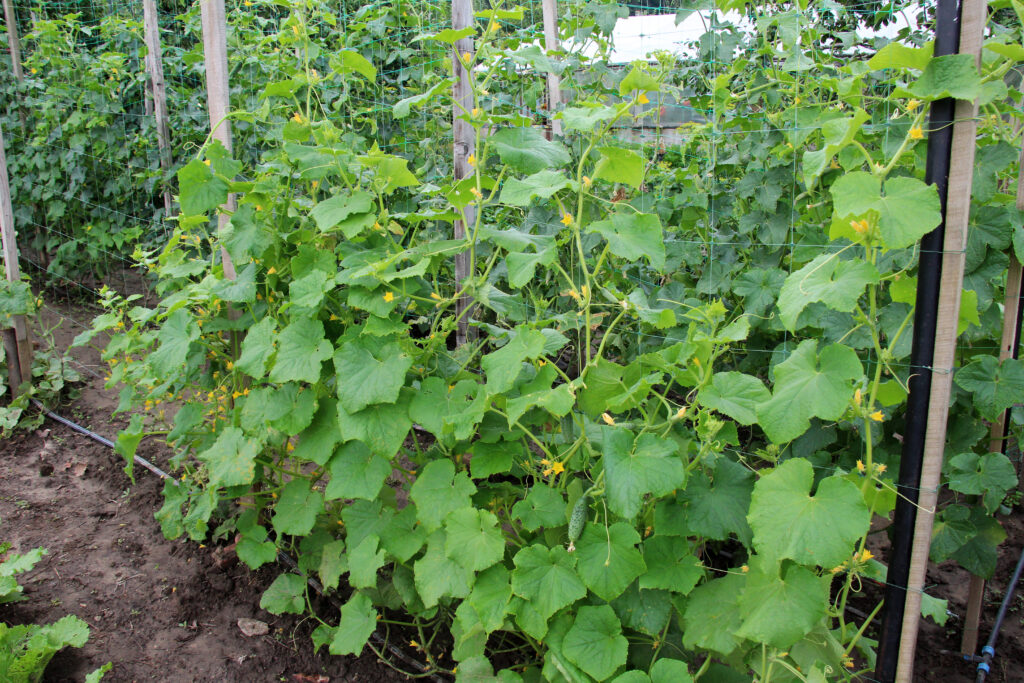
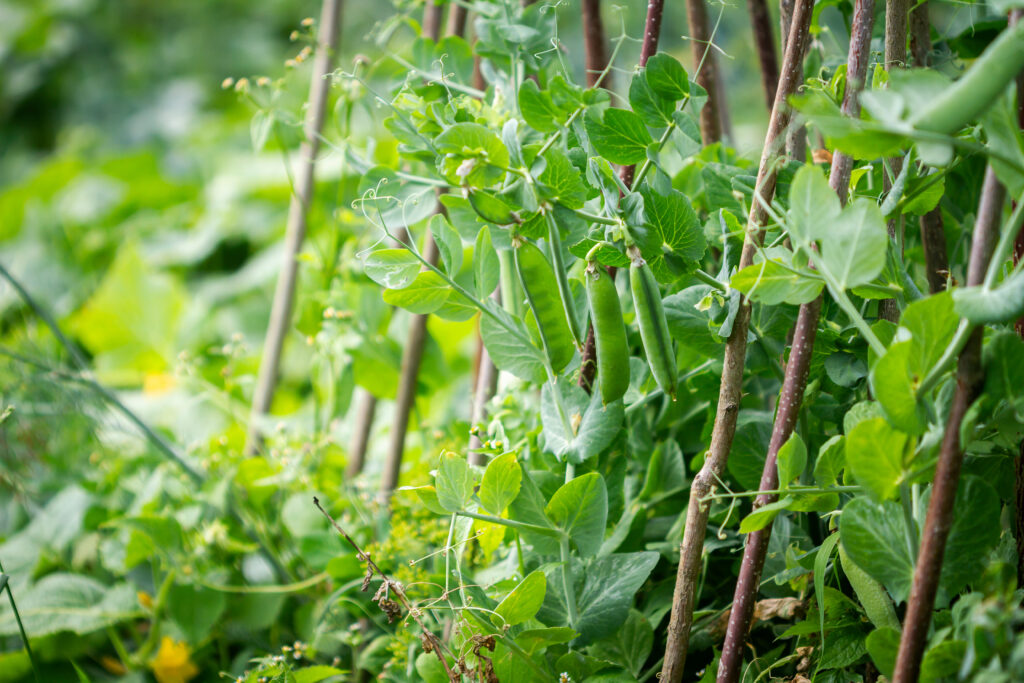
Create a Living Wall: Plant a green wall using modular systems or vertical garden kits. These can hold a variety of plants, including herbs, leafy greens, and flowers.
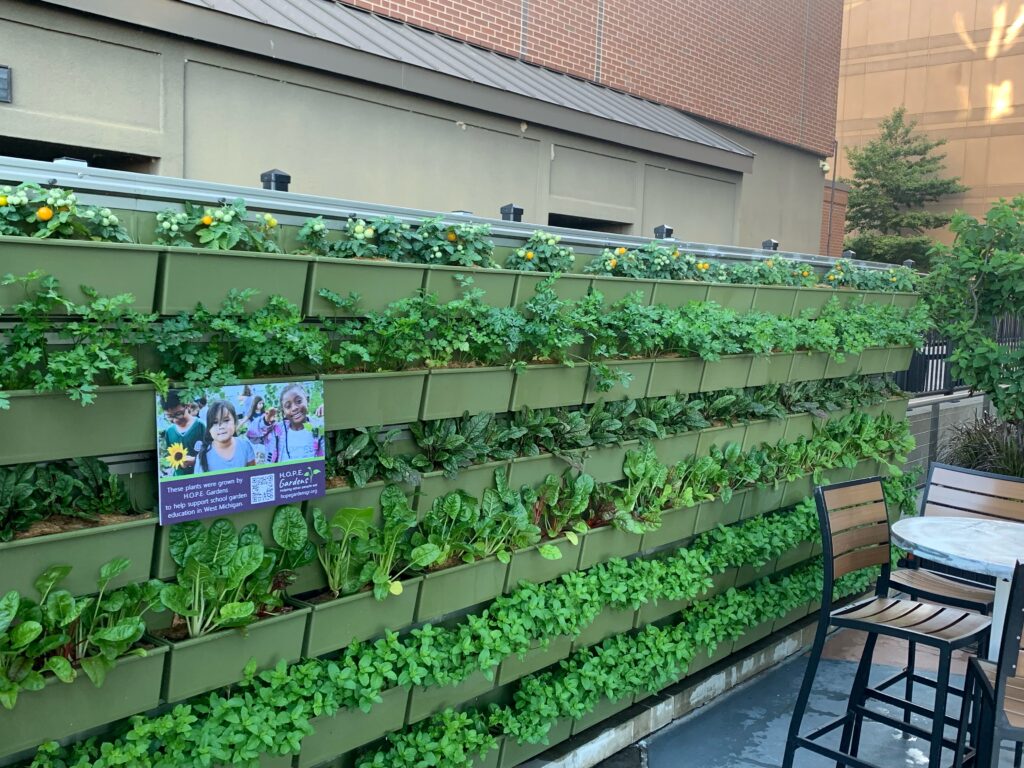
Use Sturdy Supports for Heavy Fruits: For heavy fruits like melons, pumpkins or squash use strong supports and netting to cradle the fruit as it grows, preventing it from breaking off the vine.
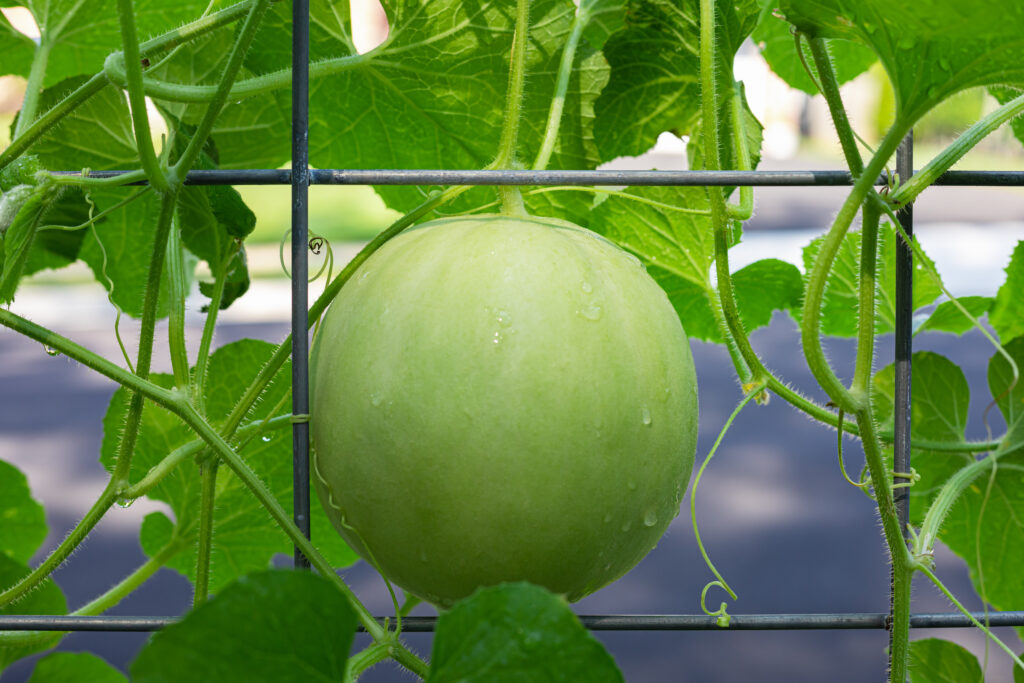
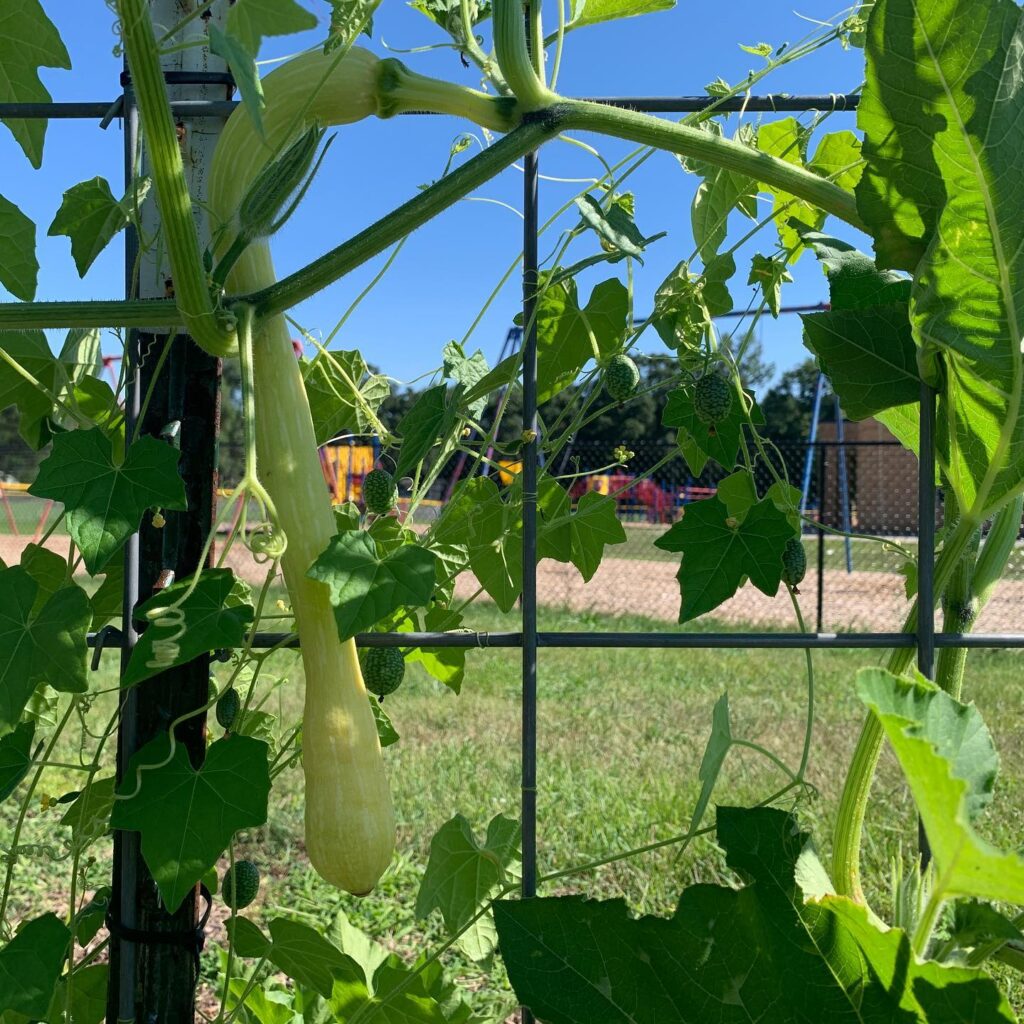
Train Plants on Fences: Utilize existing fences by training climbing plants like beans, peas, and cucumbers to grow up them. This can also provide privacy and shade.
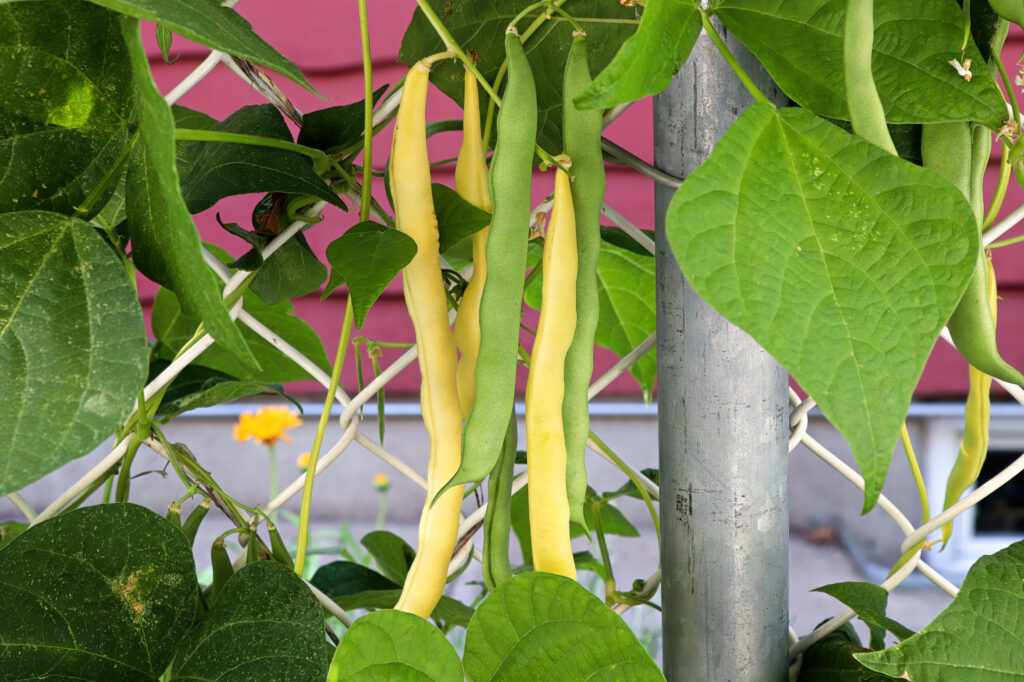
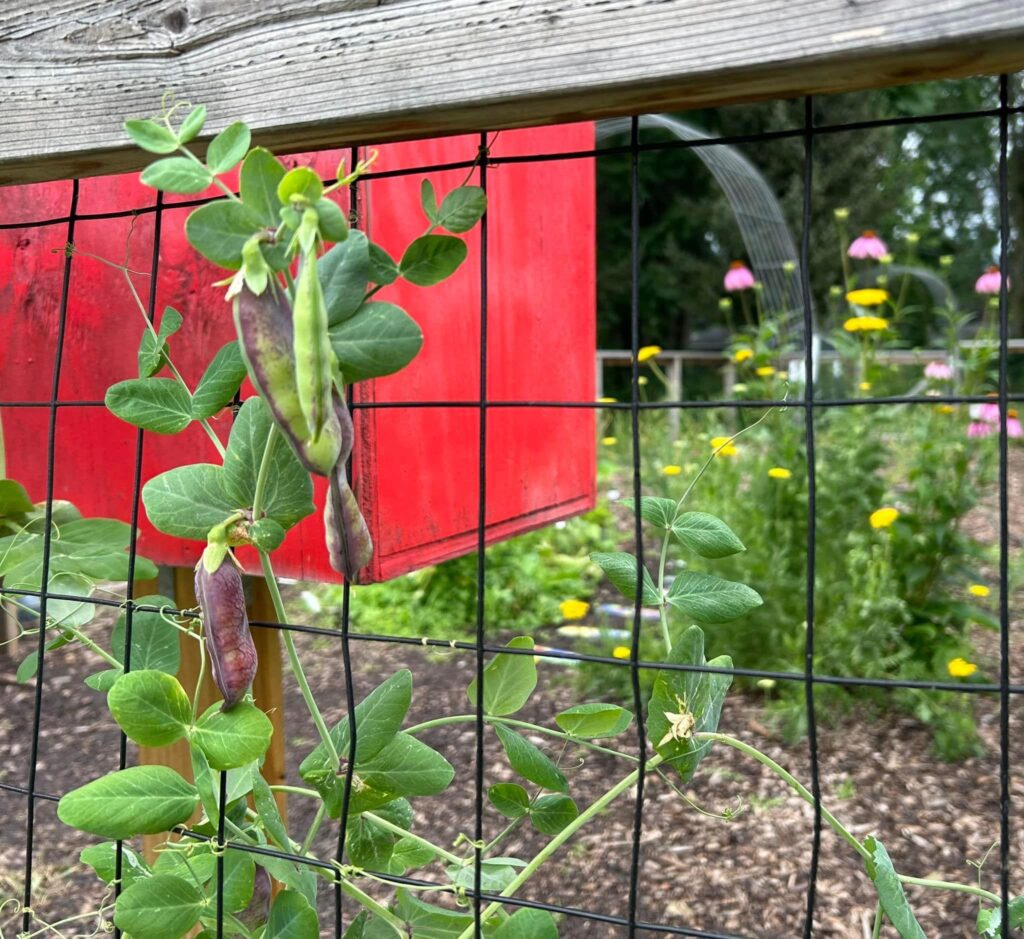
Create a Canopy: A simple canopy made with cattle-fence can provide a beautiful structure for growing climbing plants like grapes, beans, peas, and cucumelons, while also offering shade and aesthetic appeal.

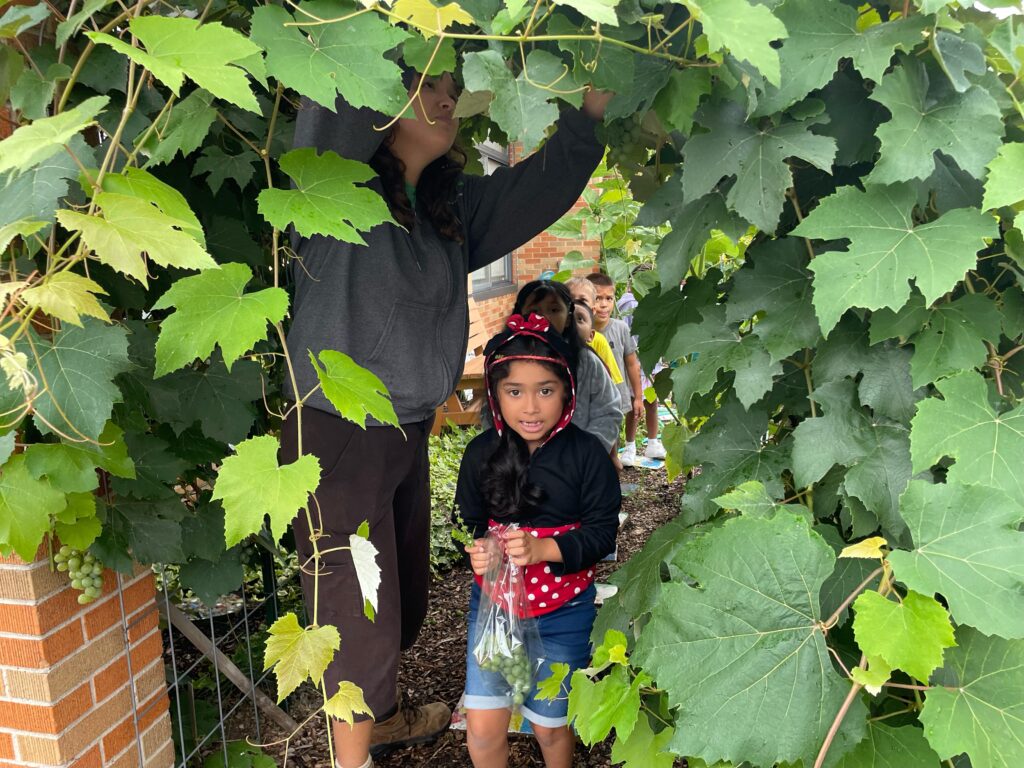

Ensure Proper Watering: Vertical gardens may require more frequent watering. Consider using drip irrigation systems or self-watering planters to ensure plants receive adequate moisture.
Select the Right Soil and Compost: Use high-quality soil and compost to ensure healthy plant growth. Incorporate organic compost to enrich the soil and support your nature-based gardening approach.
By implementing these tips, you can effectively expand your garden space vertically and enjoy a bountiful, nature-based garden.
